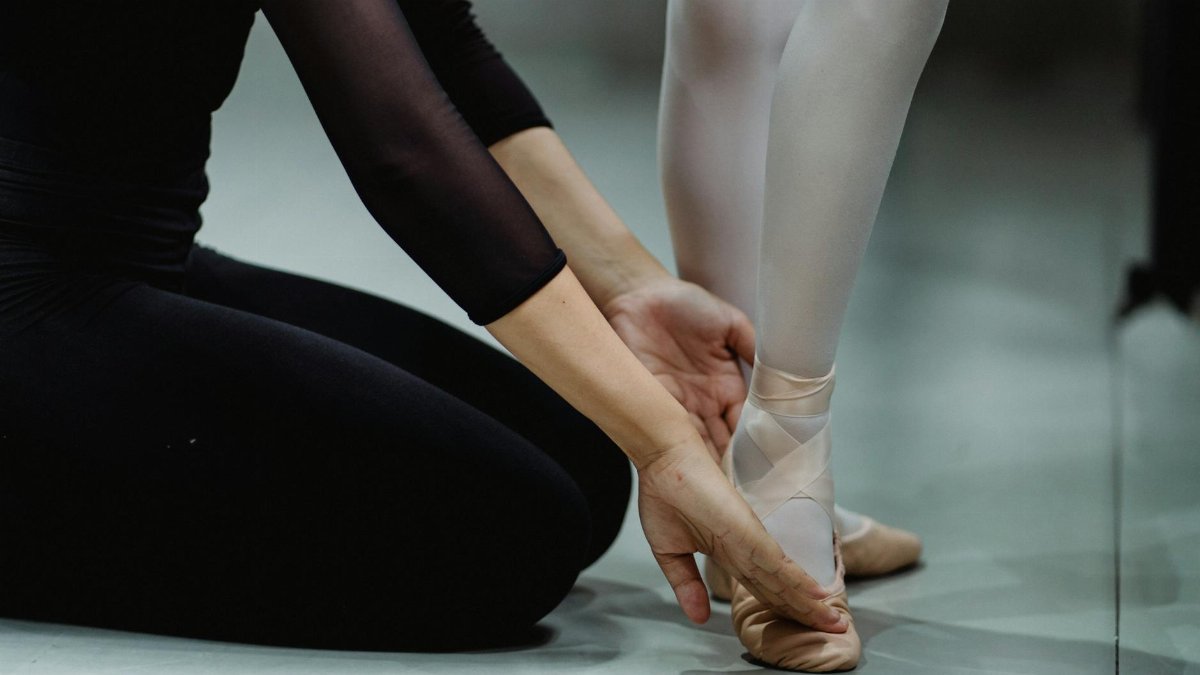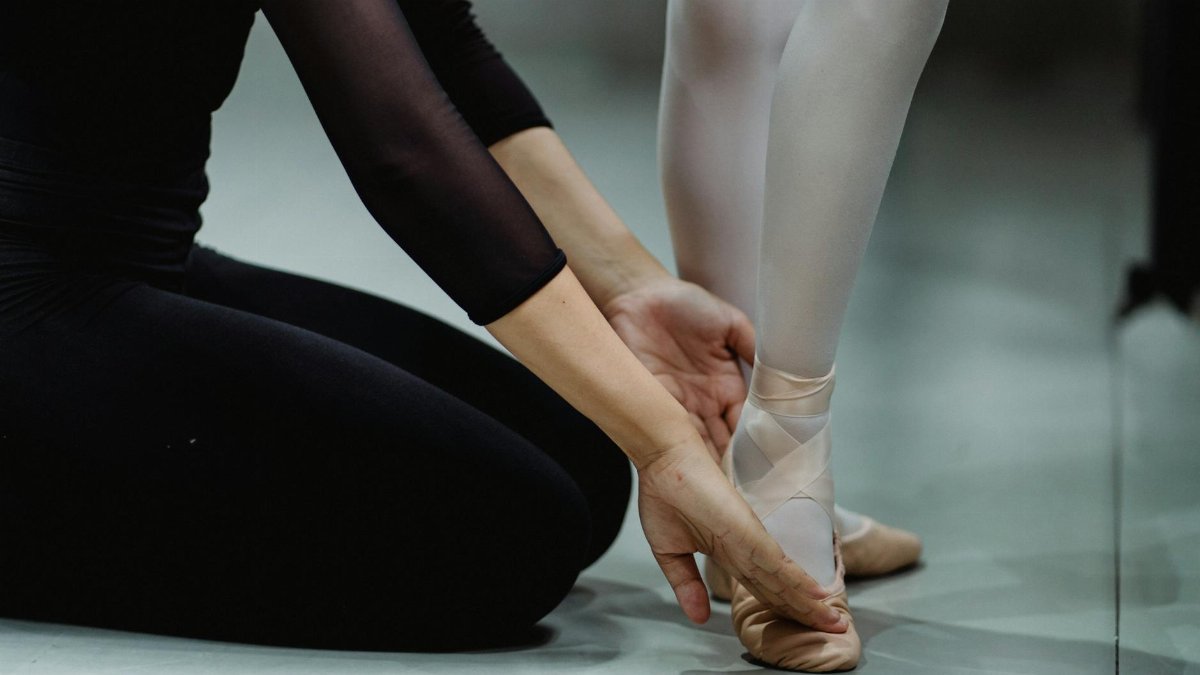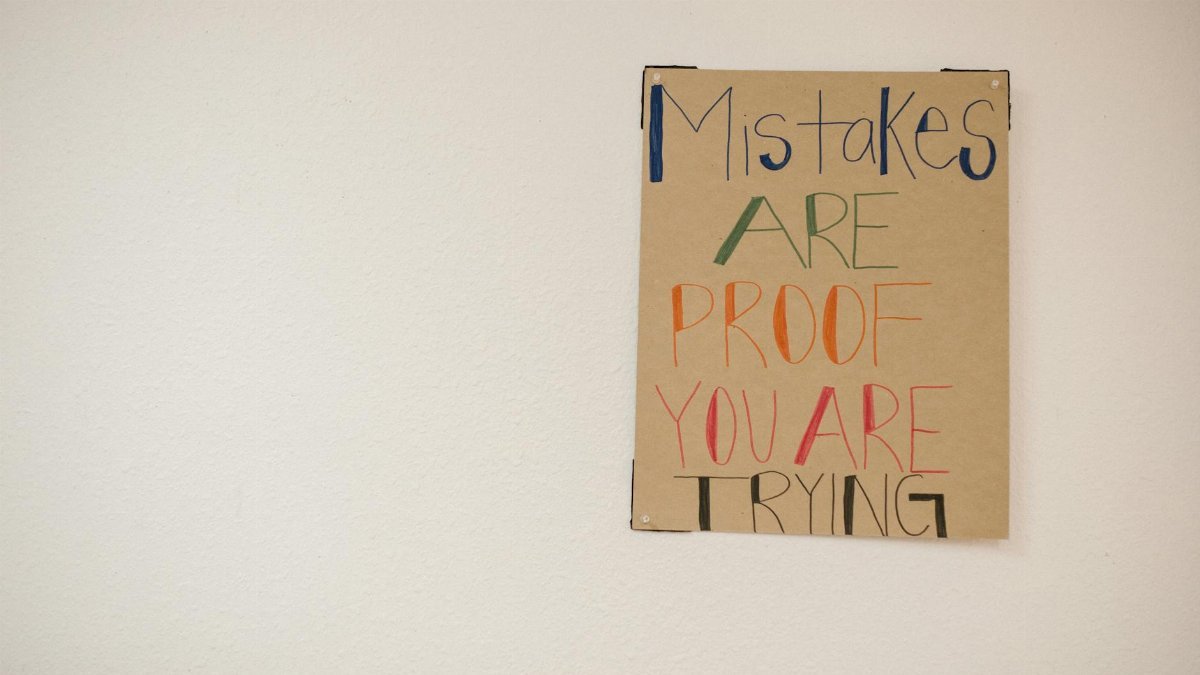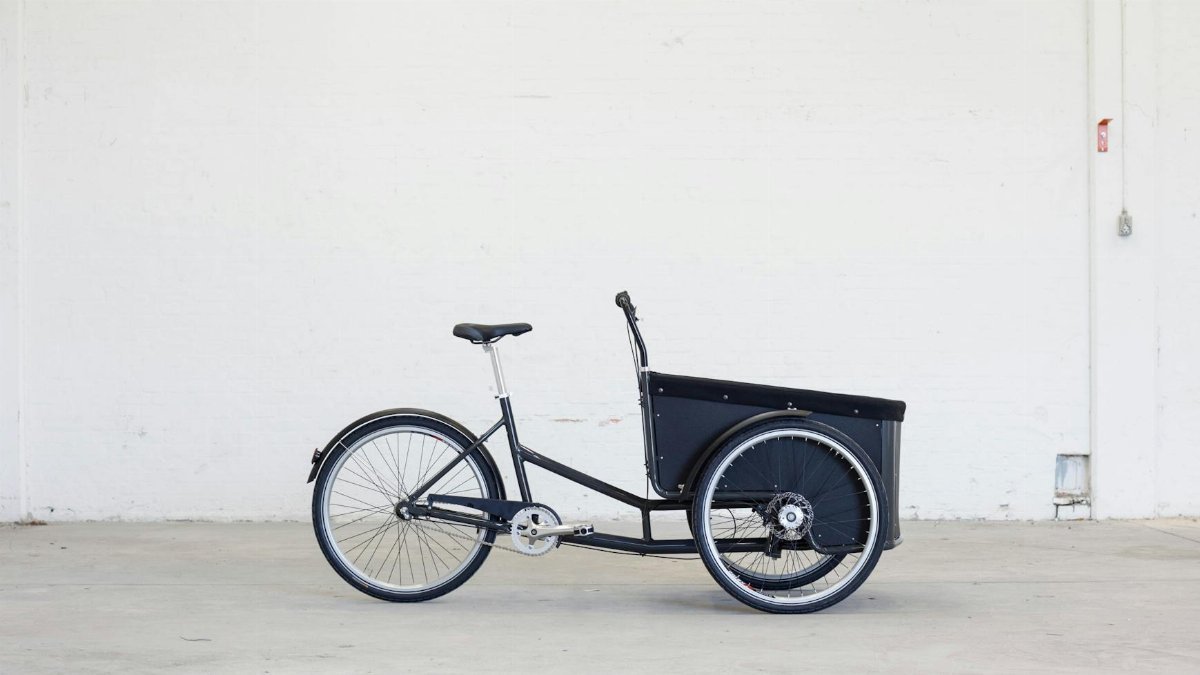Is pranic swara cycling the wellness secret you’ve been missing? This ancient practice, rooted in yogic traditions, focuses on alternate-nostril breathing to balance energy and sharpen mental clarity. It’s gaining traction in the U.S. as more people seek natural ways to manage stress and boost focus in 2025. With roots in pranayama, pranic swara cycling offers a structured approach to harnessing breath for spiritual and physical benefits. But what makes it stand out, and how can you tap into its power? Let’s break it down.
What Is Pranic Swara Cycling?


Pranic swara cycling is a specialized form of alternate-nostril breathing, often called Nadi Shodhana in yoga. It involves consciously switching between nostrils to regulate the flow of “prana,” or life energy, through the body’s subtle channels. Practitioners believe this balances the left and right brain hemispheres, promoting calm and focus. Unlike basic breathing exercises, it emphasizes timing and intention, aligning with natural energy cycles. Its appeal lies in its simplicity—no equipment needed, just your breath.
Origins in Yogic Tradition


The roots of pranic swara cycling trace back to ancient Indian texts like the Hatha Yoga Pradipika. “Swara” refers to the flow of breath, and the practice ties into the concept of ida and pingala, the body’s dual energy channels. Historically, yogis used it to prepare for meditation, believing it harmonized mind and body. Today, it’s adapted for modern wellness seekers looking to reconnect with traditional practices.
Why It’s Gaining Popularity in 2025


As stress levels climb in the U.S., alternative practices are finding new audiences. The National Center for Complementary and Integrative Health notes a rise in yoga and breathing techniques, with over 14% of Americans trying them annually, per recent data from NCCIH Statistics. Pranic swara cycling fits this trend, offering a quick, accessible way to de-stress amid busy schedules. Social media and wellness apps are amplifying its reach, with tutorials popping up everywhere.
Key Benefits Backed by Science


Research supports the impact of controlled breathing on the nervous system. A study from the University of California, San Diego, found that alternate-nostril breathing can lower heart rate and reduce anxiety, as detailed in findings shared via UC San Diego Health. Users of pranic swara cycling often report better focus and emotional balance, aligning with these outcomes. It’s not a cure-all, but the evidence suggests real physiological effects worth noting.
How to Practice It Correctly


Start by sitting comfortably with a straight spine. Use your thumb to close your right nostril, inhale deeply through the left for a count of four, then close the left with your ring finger and release the right to exhale. Alternate for 5-10 minutes. Focus on smooth, even breaths. Timing matters—some traditions suggest practicing at sunrise or sunset to align with natural energy shifts. Beginners should keep sessions short to avoid dizziness.
Common Mistakes to Avoid


Forcing the breath is a frequent error. If you feel strained, stop and breathe normally. Another pitfall is ignoring posture—slouching disrupts airflow. Don’t rush the cycles; consistency trumps speed. Also, avoid practicing right after eating, as it can cause discomfort. Keep it gentle, especially if you’re new to breathwork. Patience pays off with this subtle yet powerful technique.
Who Should Try It?


Anyone seeking mental clarity or stress relief can benefit, provided they have no respiratory issues. It’s especially useful for those already into yoga or meditation. However, pregnant individuals or those with high blood pressure should consult a doctor first. Pranic swara cycling isn’t a replacement for medical care but a complementary tool. Wellness coaches often recommend it for managing daily tension without relying on external aids.
Real-World Impact and Stories


In urban hubs like New York and Los Angeles, pranic swara cycling is popping up in yoga studios and corporate wellness programs. A 34-year-old tech worker from San Francisco shared, “It’s my five-minute reset during lunch breaks. I feel sharper.” Such anecdotes highlight its practical appeal for fast-paced lifestyles. Community centers are also hosting free sessions, making it accessible to diverse groups looking for balance in 2025’s relentless grind.
Disclaimer
The content on this post is for informational purposes only. It is not intended as a substitute for professional health or financial advice. Always seek the guidance of a qualified professional with any questions you may have regarding your health or finances. All information is provided by FulfilledHumans.com (a brand of EgoEase LLC) and is not guaranteed to be complete, accurate, or reliable.
